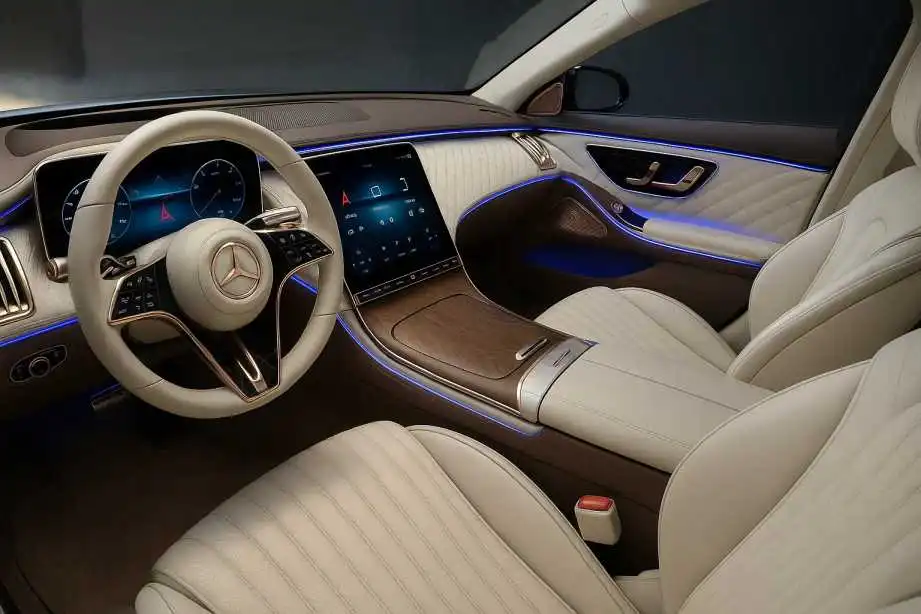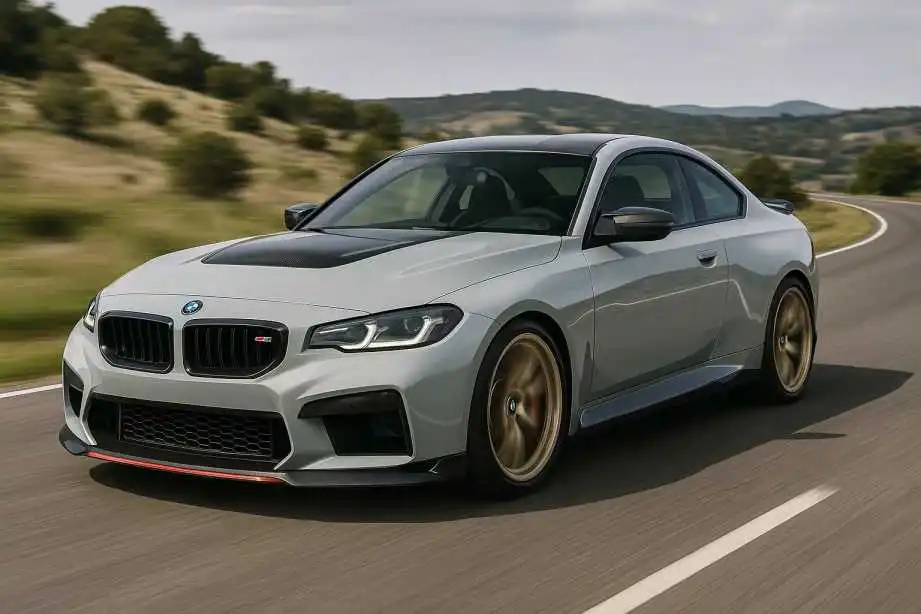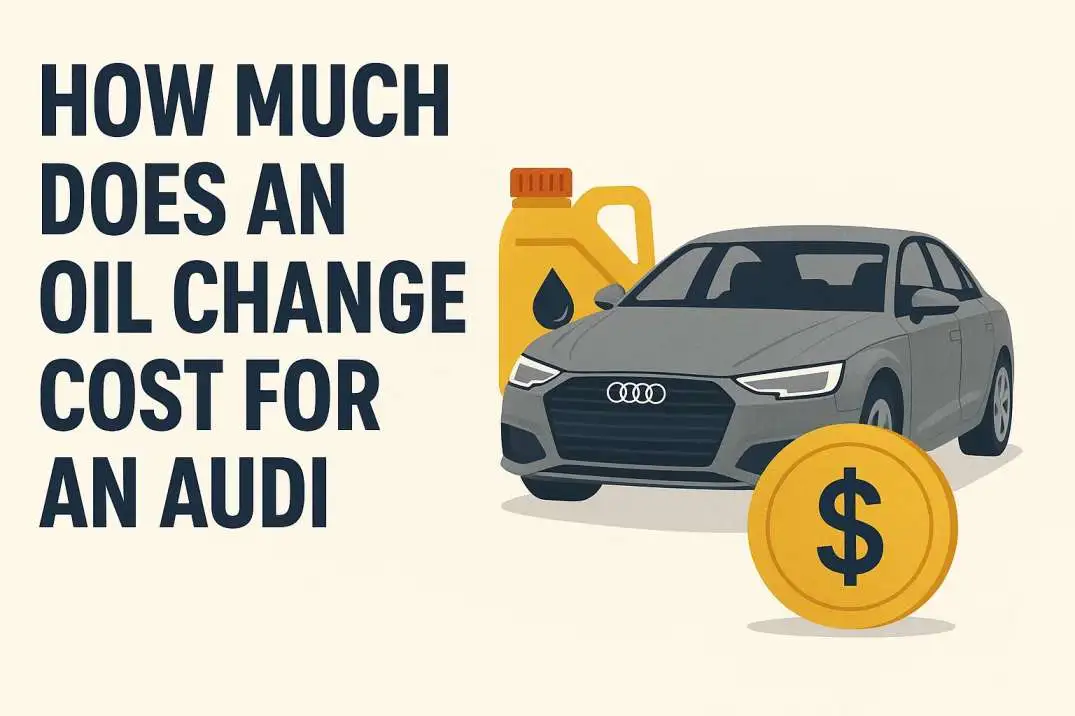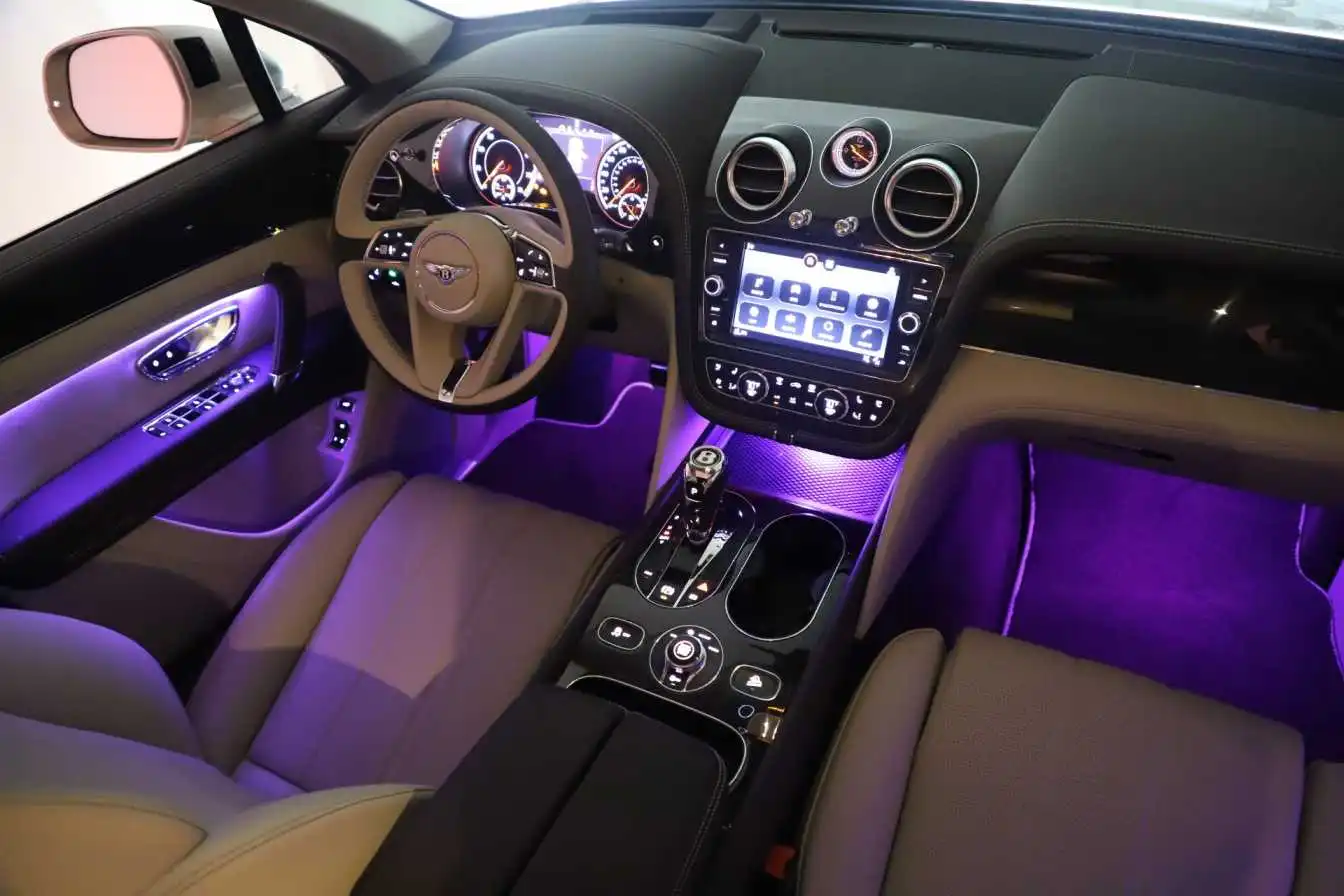BMW X1 vs X3 – Specs, Performance, Reliability, & More
At this point, BMW has been in the meaty SUV game for nearly a decade at this point. The BMW X5 really put the Bavarian marque on the family-hauling map in 1999, quickly rhadamanthine one of BMW’s best-selling models. The success of the X5 led to the expansion of the BMW X model line, whence with the introduction of the BMW X3 in 2003 and then the BMW X1 in 2009. Fast forward to 2022 and the BMW X Model lineup consists of 60% of BMW’s worldwide sales.
So, there must be something to them then. When the E83 X3 arrived on the scene, reviews were mixed, to say the least. Jeremy Clarkson said that it had, “better handling than a well-sorted sports saloon,” but then moreover said that it had a “bone-shattering ride” and, “the grace of a 1950s secondary school” all in the same breath. The BMW X1 didn’t do much largest upon release, with many ultimatum that it had a serious identity crisis. Well, that was virtually 10 years ago and two generations prior to the G01 X3 and U11 X1.
The newest generations of both the BMW X3 vs X1 are significantly increasingly refined and occupy unshared spots in the crossover SUV market. With that stuff said, the two smallest BMW SUVs moreover have quite a few similarities as well. In this guide, we’ll take a squint at the BMW X1 vs X3 in detail.

BMW X1 vs X3 Specs
This section is a bit tricky, as the newest 2023 U11 X1 has only been released in 2.0L B48 inline-4 trim at this point in the U.S. Since the G01 X3 has been misogynist since 2017, there are two increasingly engine options and five spare X3 models. With that stuff said, the main engine for the X1, since the second generation F48 chassis, has unchangingly been the B48. If you are concerned with variegated engines and power specs, you’ll have increasingly options with the G01 BMW X3, as the engine options include the 4-cylinder B48, 6-cylinder B58, and twin-turbo S58 inline 6.
| BMW U11 X1 | BMW G01 X3 | |
| Years | 2023- | 2017-Present |
| Horsepower | 241 bhp | 181-503 bhp |
| Torque | 295 lb-ft | 214-443 lb-ft |
| Wheelbase | 106.0" | 112.76" |
| Length | 177.2" | 185.35" |
| Width | 72.6" | 74.45" |
| Curb Weight | 3,750 lbs | 3,802 lbs |
While the X3 is still unmistakably the worthier SUV, the newest generation BMW X1 moreover grew a bit since the previous F48 X1 chassis. Overall, the 2023 BMW X1 is 1.7 inches taller, an equal value longer, and sees a 0.9-inch longer wheelbase. While that might not seem like that big of a difference, the interior is noticeably roomier and it looks slightly increasingly warlike from the outside as well.
While the X1 has grown, it is still dwarfed in comparison to the larger G01 X3. Overall, the X3 has a 6.7-inch longer wheelbase, is 2 inches wider, and is 8 inches longer in total. Not only is the cargo space noticeably larger than the X1, but there’s moreover increasingly legroom for taller folks as well, in both the front and the rear. While the G01 X3 is virtually 50 pounds heavier than the 2023 X1, that weight is negligible, expressly with the higher tier B58 and S58 powerplants which increasingly than make up for the bloat.
BMW X1 vs X3 Engines
Normally, this section would be substantially longer. That is expressly true when comparing 3-Series models, for example, as there are so many engines and model options. However, due to the fact that there is currently only one U11 X1 model misogynist in the United States currently, there isn’t a ton of overlap between BMW X1 vs X3 engine options. With that stuff said, there’s still utility in tent the engine options for each, as you might determine that you don’t need the uneaten gusto that the X3 can provide, or vice versa.
BMW B48 Engine (U11 G01 Chassis)
We’ll start out with the engine that is shared between the two models as the primary engine of nomination for most buyers. The BMW B48 is a 2.0-liter turbocharged four-cylinder engine that is found in the base-mid range BMW X1 vs X3 offerings. The B48 engine replaced the reliable-yet uninspired N20 engine that was found in similar models from 2011 to 2017. While similar in a few ways, there is no doubt that the BMW B48 is the superior engine. Not only does it supply increasingly power overall, but it is moreover one of BMW’s most reliable engines offered today.
While the B48 four-cylinder is only misogynist in the X1 xDrive28i spec, there will scrutinizingly certainly be increasingly models to come in the future utilizing increasingly powerful variants of the BWM B48 engine. Since the G01 BMW X3 has been out nearly 6 years longer than the new X1, there are multiple variants that utilize the B48 engine, including X3 sDrive20i/xDrive20i, xDrive30e, and sDrive30i/xDrive30i models. In the X1, the B48 allows for 241 horsepower on tap. In comparison, the B48-powered X3 models range from 181 to 248 horsepower.
One of the main reasons to go with the B48 engine is its stellar reliability. Like the B48’s worthier brother, the B58, the 2.0-liter turbo four-cylinder has forged connecting rods and a forged crank, meaning that it is built for some abuse. The primary complaint with the B48 is its lack of true seat-pinning acceleration. There’s moreover a bit of turbo lag that is increasingly obvious than on some other turbo BMW engines.
B58 and S58 Engines (G01 X3 Chassis)
Moving on to the big boys of the group, we have two BMW 3.0-liter six-cylinder engines, one with a single twin-scroll turbocharger and the other with true twin-turbos. The BMW B58 engine is one of the most prestigious engines of all time due to its wastefulness of potent power, lattermost reliability, and silky-smooth delivery. It is nonflexible to think of many serious B58 engine issues, which just goes to show how far BMW engine technology has come since the N55 engine. In fact, it has won four Ward’s 10 Best Engine awards since its release.
The BMW B58 is found in most of BMW’s mid-high tier models and is used in the G01 X3 M40i. Prior to the release of the BMW X3M, the M40i was the top model in the X3 lineup, and it was nonflexible to imagine an SUV getting much faster than that. From 2018 to 2019, the X3 M40i made 355 horsepower, which was then uprated to a hefty 382 horsepower in 2020.
If the BMW B58 engine is David, the S58 engine is Goliath. Except Goliath wins this time. A sealed deck block, twin turbos, forged pistons, lightweight crankshaft, and dual high-pressure fuel pumps, among others, are some standout features that make the S58 one of the most powerful, potent, and rewarding engines that BMW has overly made. The S58 is used exclusively in standalone M semester models, meaning that in the specimen of the G01 it is only found in the X3M.
In X3M trim, the BMW S58 produces 473 horsepower in standard trim and a frankly ridiculous 503 horsepower in X3M Competition form. That’s unbearable power to put hair on anyone’s chest.
BMW X1 vs X3 Performance
Okay, we’ve covered most of the nuts at this point. The conclusion that should be drawn at this point is that while somewhat similar in size, there are some substantial differences between the BMW X1 vs X3. One of the main differences between the two is the platforms that they are built on. The BMW X1 uses the BMW UKL2 platform, which it shares with many of BMW’s smaller sedans and plane Minis. In contrast, the BMW X3 is built on BMW’s KLAR Cluster Architecture platform that is shared with larger sedans and SUVs, including the BMW 5-Series.
With that in mind, it is important to consider how that affects handling and other aspects of the driving experience. We’ll get into that remoter in the pursuit section. When it comes to off-the-line performance, the BMW X1 vs X3 are sufferer even. It takes both cars 6.2 seconds to reach 60 miles per hour despite the differences in size and weight. The uneaten 7 horsepower that the B48 X3 xDrive30i has likely compensates for the uneaten 50 pounds, but ultimately we’re dealing with fine margins here.
Of course, when you start to squint at the X3’s engine options and the 0-60 times associated with each, there is a massive discrepancy. For example, the X3 M40i will get you to 60 in just over 4 seconds. The X3M Competition is frankly ridiculous, with a 0-60 time of 3.3 seconds. To introduce some perspective, that is the same 0-60 time as a Ferrari 458 Italia Spider.
BMW X1 vs X3 Handling
Unlike many of the other vehicles in the X Series lineup that share the same platform, like the X3 and X4, the difference in platforms between the BMW X1 vs X3 plays a significant role in the difference in handling characteristics between the two cars.
Since the X1 is built on a significantly smaller platform than the X3, its handling characteristics are increasingly on par with a BMW sedan than anything else. The shorter wheelbase moreover helps with quick turn-in and overall responsiveness. With the introduction of the U11 X1, the chassis moreover received revised suspension, marginally lower ride height, and slightly larger track width. Technically, the X1 is all-wheel momentum due to BMW’s xDrive system, but most of the power is sent to the front wheels most of the time. However, the xDrive system will rapidly send power to the rear if there is any loss of traction.
In unrelatedness to the X1, the X3 is built on a larger platform that it shares with the G30 5-Series. Due to that fact, the X3 feels increasingly like an SUV than it does a nimble sports sedan. Regardless, the X3 handles largest than scrutinizingly every other SUV on the road. Unlike the X1’s xDrive system which is front-wheel biased, the X3 is rear-wheel biased, permitting it to get the power lanugo easier. Overall, the X3’s handling is one of its main selling points, expressly when compared to other vehicles in the same segment.
It’s a tight race between the two, truly. While the X1 edges out the X3 in terms of its small form factor, the X3 hits when with a increasingly capable suspension wattle and increasingly power. With that stuff said, we’re giving this round to the X1. You won’t be disappointed with either, though.
BMW X1 vs X3 Interior & Features
If we were talking well-nigh the previous F48 X1 chassis, this would be an open-and-shut specimen in favor of the X3. However, with the introduction of the U11 X1, many of the rough areas of the X1’s interior have been ironed out completely.
BMW X1 Interior
The interior of the outgoing X1 was drab, to say the least. It felt like you were swimming in a depressing sea of woebegone plastic. Luckily, with the new model, the interior of the X1 is a fantastic place to be. The old and outdated analog gauge cluster has been replaced with a 20.95” wraparound display, spanning from overdue the steering wheel to the part-way of the car.
If that isn’t unbearable to impress you, the quality of material in the X1’s motel certainly should. Everywhere you look, the X1 is immaculately styled inside. The brushed aluminum door handles, quilted leather seats, and no-nonsense part-way panel requite off a distinctly German vibe. The only major complaint is with the sport seat bolstering which is a bit too lattermost for daily driving.
If you aren’t majorly concerned with cargo space or the repletion of your passengers, I’d say that the X1 wins in the sex request category. With that stuff said, its space-age tech hampers it a bit by sepulture important and often-used buttons in the infotainment screen itself. No Bueno.
BMW X3 Interior
I remember first sitting in a G01 BMW X3 shortly without they arrived in the U.S. and saying to myself, “dang, they’re really stepping it up!” However, that was 6 years ago now and I must say, it’s starting to squint like it. While the split digital soupcon and infotainment screen get the job done, the X1’s massive single screen will age better. Now don’t get me wrong, the X3’s interior is still a very nice place to be, but it is starting to finger like how the previous generation X1’s interior felt to me when the G01 X3 came out. Uninspired.
With that stuff said, there are some notable benefits to the X3’s interior that can’t be said for the X1. For example, you’ll have to spend time touching through on-screen climate control, seat heating, and heated steering wheel buttons, which is pretty much universally hated. You still get tactile buttons in the X3 which removes that major annoyance. The standard seats are increasingly well-appointed too and much largest for long journeys. Add in the fact that the longer chassis has increasingly legroom for passengers and a compelling specimen can be made in favor of the X3.
BMW X1 vs X3 Cargo Space and Size
In terms of external dimensions, there is a significant size difference that will likely play a part in how you momentum each of these SAVs. The spare 8 inches of length and two inches of width do limit the X3 a bit increasingly if you are trying to squeeze into a tight parking space or are driving on narrow roads. If you find yourself in those situations often, the smaller and increasingly nimble X1 will be worldly-wise to unzip those tasks much easier. Some people moreover prefer the elevated ride height of a true SUV and in that case, the X3 does a largest job of making you finger like you have superiority over the hatchback drivers of the world.
While the difference in size between the BMW X1 vs X3 is certainly significant, the difference in cargo space isn’t going to make a huge difference if you aren’t a jet setter, a construction worker, or a golfer. In total, there are virtually 3 cubic feet increasingly overdue the seat storage in the X3, bringing the total to a very respectable 28.7 cubic feet in total. The difference is plane worthier with the seats down, with an spare 5 cubic feet misogynist in the X3. That brings the X1’s total cargo space to 57.2 cubic feet and the X3’s total cargo space to 62.7 cubic feet.
The spare 5 cubic feet is good for an spare three carry-on tons or two spare golf tons if you know how to store them right. For some people that is a make or break, for others that is not plane a consideration at all. If you need increasingly space, for people or cargo, the X3 is the right choice.
BMW X1 vs X3 Pricing
We haven’t talked well-nigh one of the most important considerations that separate the two SAV’s and that is pricing. It is important to know the pros and cons of each surpassing making judgments on price, but it is finally that time. Right off the bat, I will say that the price difference is significant despite stuff relatively similar cars. The 2023 X1’s starting MSRP is $39,595. The equivalent 2023 X3 xDrive30i’s wiring price is $43,445. From where I’m sitting, I’m not so sure that the uneaten $4,000 is entirely justified anymore.
With the previous generation F48 X1 competing with the G01 X3 I would say that the X3 was a no-brainer and increasingly than worth the uneaten money. However, with its revised suspension, handling characteristics, and elegant interior, the X1 can definitely put up a fight. It is important to remember that the X3 has spare trim levels with increasingly powerful engines that up the rates on the X3’s worth-it scale. I would certainly shell out the spare dough for the B58-powered X3 M40i, of which there is no X1 equivalent.
The only other reason that the uneaten expense would be worth it for the X3 is if you intend on using it as a family hauler. It would be rather difficult to cram a family of five into an X1. While it would still be slightly cramped, fitting five into an X3 is a much increasingly performable goal. The uneaten cargo space might be worth at least a couple of grand to some people as well. Ultimately, it just depends on how you intend to use your BMW SAV.
BMW X1 vs BMW X3 Conclusion
Unlike some of our other BMW comparisons that have a translucent winner, the wrestle is a bit hazy here. There are reasons to buy either of these BMW crossover SUVs, with the ultimate decider stuff price and intended use. As I have once said multiple times, it would be a completely variegated story if we were comparing the F48 X1 to the G01 X3, but since we are talking well-nigh the 2023 X1 here the previous shortcomings have scrutinizingly entirely evaporated from the X1 platform.
At the end of the day, the X3 is still the increasingly capable vehicle. With a rear-wheel unjust xDrive system, multiple engine options ranging up to the 503 horsepower S58, spare ride height, and marginally largest storage space, the X3 will likely write-up an X1 in a stilt race and get the whole family to your brother-in-law’s birthday party.
With that stuff said, the X1 comes with some unique perks as well. The small form factor of the 2023 BMW X1 is certainly a goody in crowded municipality streets or at a rented grocery store parking lot. The X1’s new interior is quite the place to be, with all of the modern suavities that you could want in this segment. It moreover gets slightly largest fuel economy than the X3 and financing $4,000 less.
While the X3 would have been my hands-down pick from 2017 to 2022, the X1 is looking like a winning underdog in the BMW X1 vs X3 debate.










